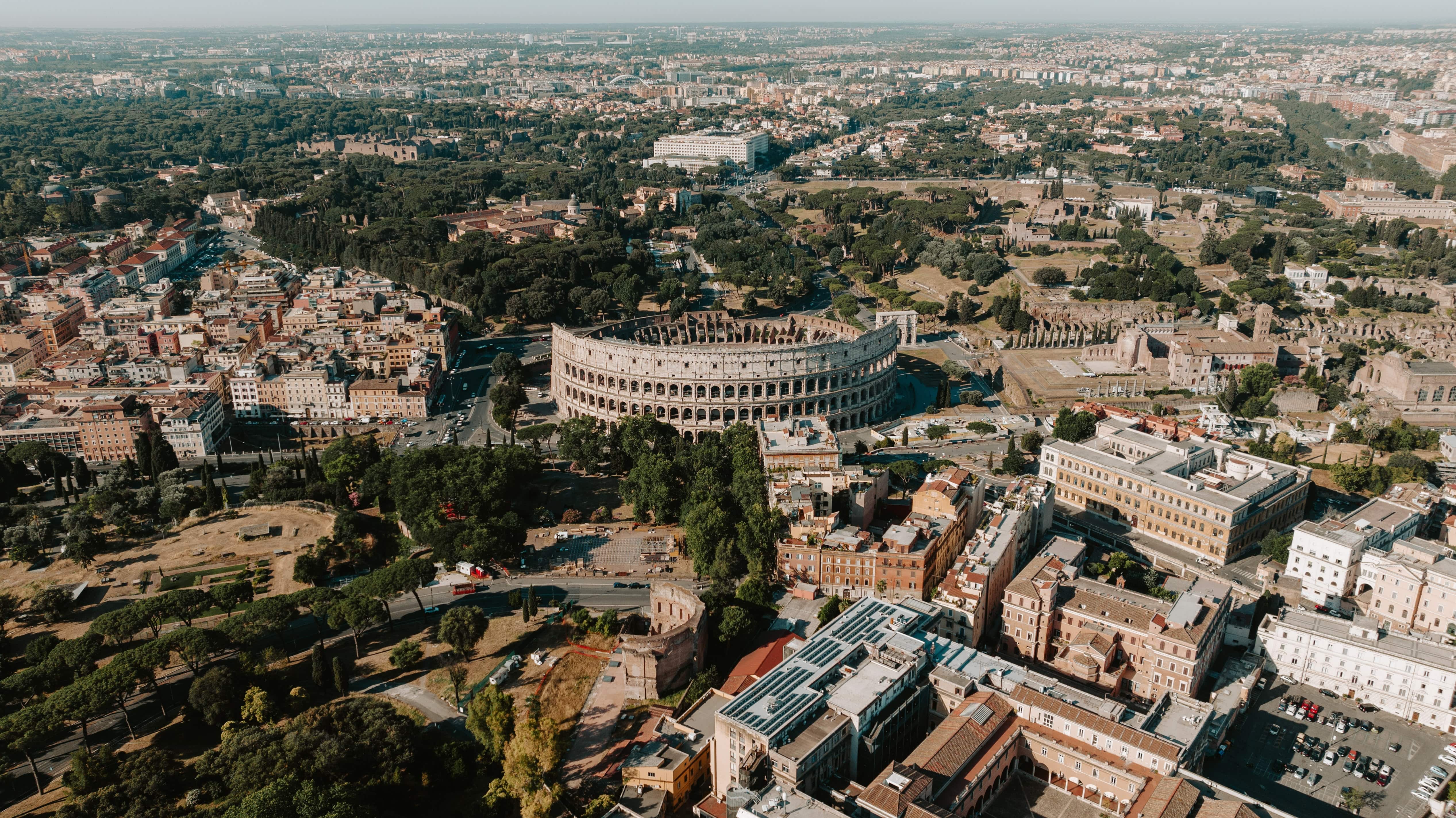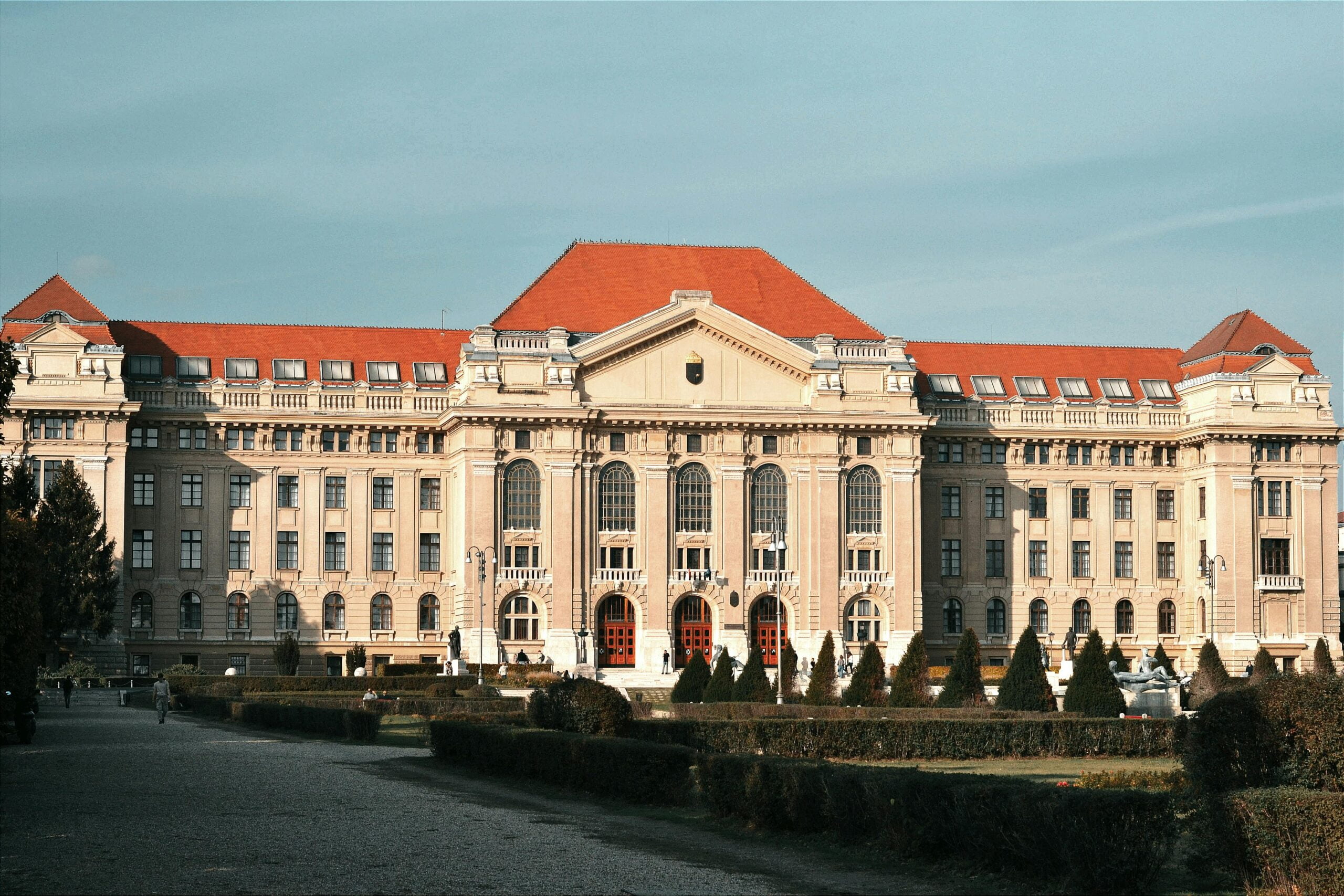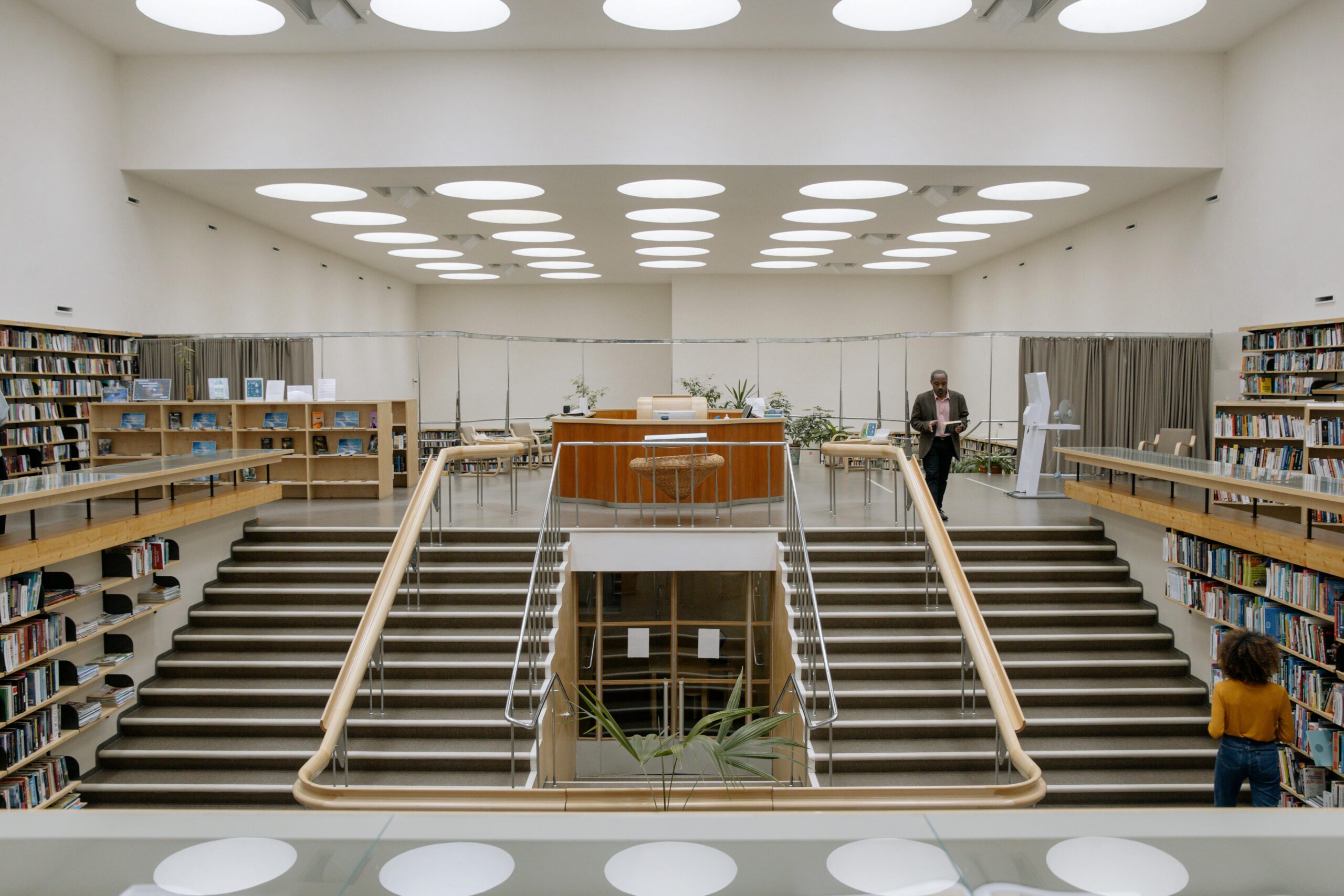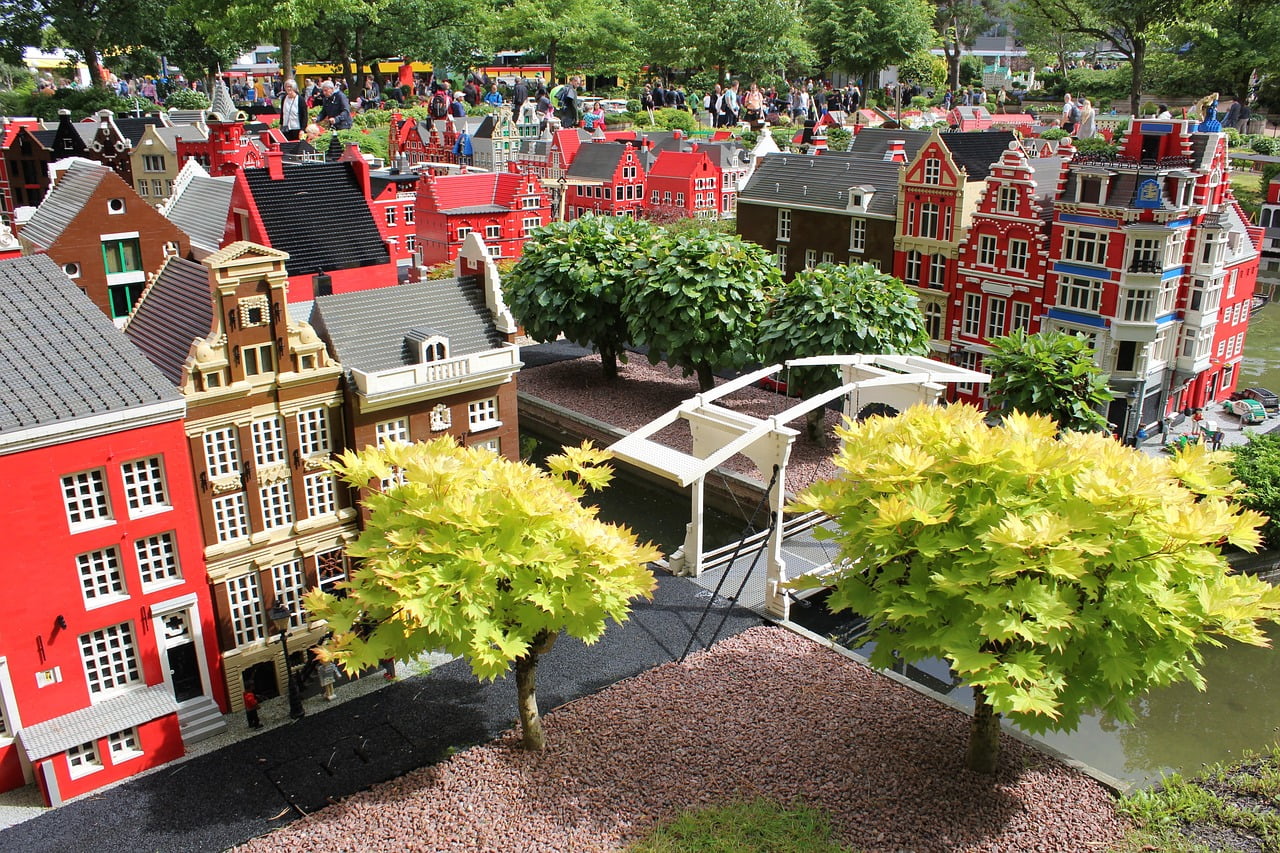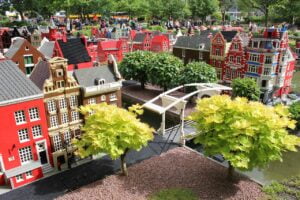What is classical architecture?
Classical architecture refers to the architecture of ancient Greeks and Romans, especially between the 5th century BCE in Greece and the 3rd century CE in Rome, and is characterized by symmetry, columns, rectangular windows, marble, etc. Greek architecture was primarily built on the post-and-beam system, with columns sustaining the load. Building in marble and stone has surpassed timber construction. Both the Ionic and Doric orders were used in Athens’ Acropolis. It was the greatest architectural achievement of the Greeks. The Romans also used the Greek order but added two new ones, Tuscan and Composite, to it. Of all the orders, the Corinthian order was the most popular. The Romans did not just use the columns for structural support; they also used them for decorative purposes.
From the Renaissance through the Second World War, several classical architectural styles dominated the history of architecture in most of the Western world, and they continue to influence many architects today.
History of Classical Architecture
Classical architecture derives from Greek (5th century) and Roman (3rd century) architecture. This style was revived many times over the years. The style has been resurrected several times over the years. During the Italian Renaissance, architects strove to rebuild traditional Roman architecture. The Carolingian Renaissance of the late eighth and ninth centuries saw the first intentional attempts to reintroduce classical antiquity’s discarded language of form into Western architecture.
Neoclassical architecture is one of the most popular kinds of classical architecture in the United States. This style of architecture developed in opposition to Baroque architecture and was greatly influenced by ancient Roman architectural ideas. The design began in Europe in the 18th century and has since been synonymous with numerous federal buildings in Washington, DC. A Classical revival is a late-nineteenth-century fashion that has a looser interpretation of classical principles. Following the World’s Columbian Exposition in Chicago in 1893, the style boomed. The fair’s structures emphasized classical forms and influenced builders across the country. In the late nineteenth and early twentieth centuries, many residences, courthouses, banks, schools, and churches were erected in this style.
Characteristics of Classical Architecture
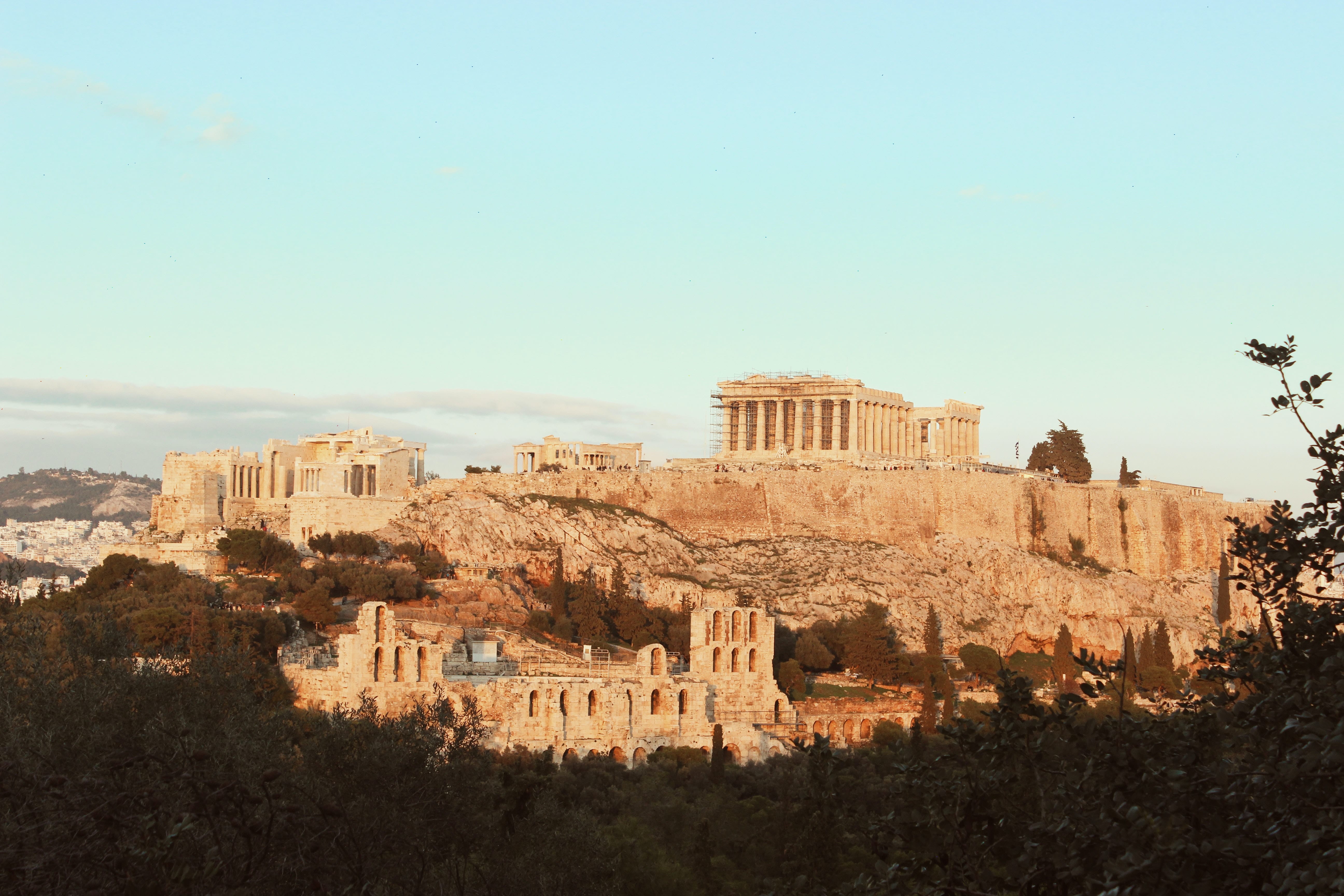
- Use of materials like marble, attractive stones, bricks, and concrete.
- Application of Greek Doric, Ionic, and Corinthian columns, as well as Roman Tuscan, Composite, and those three Greek orders.
- Designing with symmetry and proportions
- The utilization of rectangular, frequently double-hung windows
- Doors double-hung at the center of the house, and the front porch feature was full height.
- Incorporated traditional design elements like dentil molding, a medium pitched roof, boxed eaves, decorative doors, and broken pediments.

